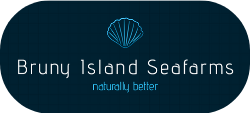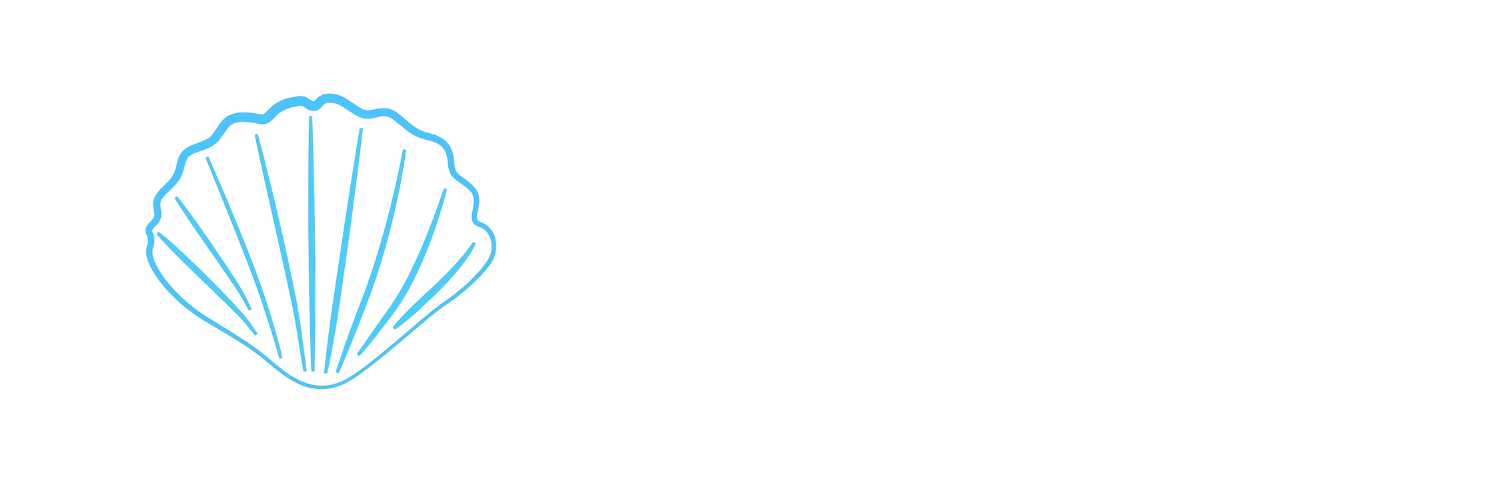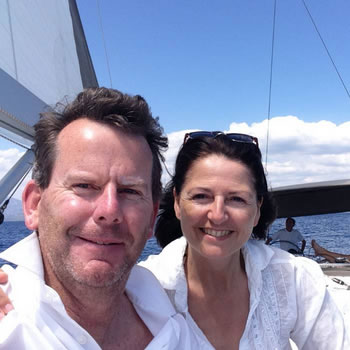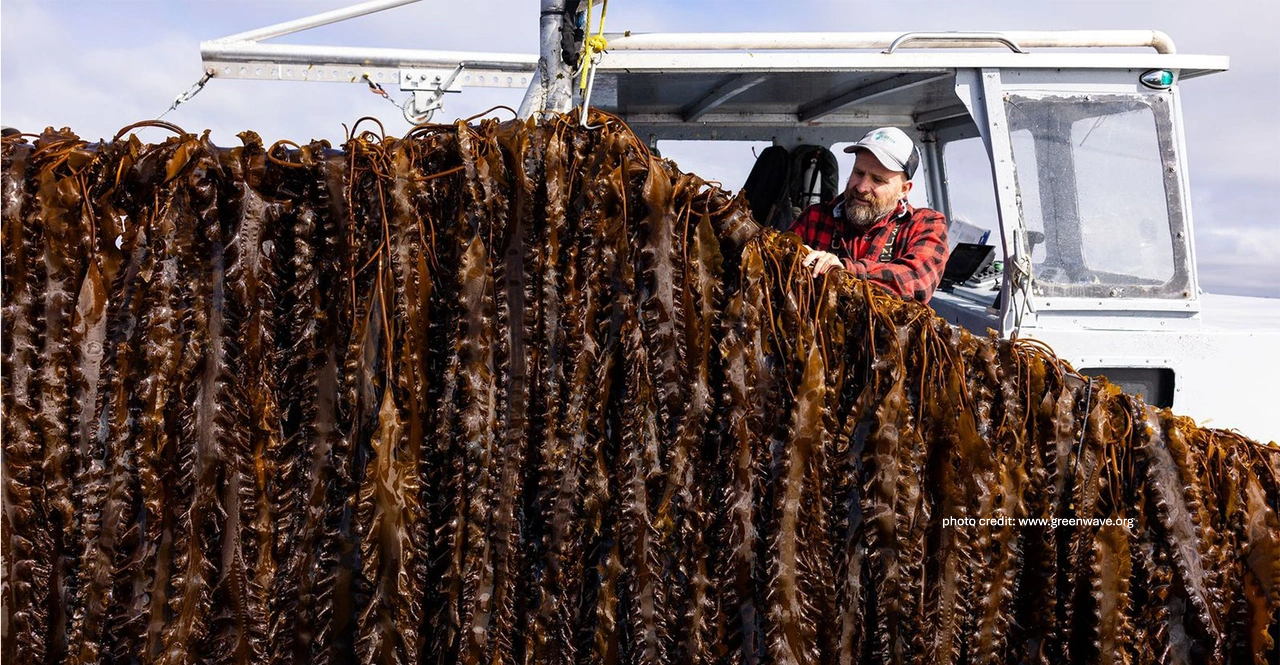The Tasmanian government has identified the huge growth potential for seaweed production and supports the industry, forecast to grow to $1.5 billion by 2024. Reprinted here is a report produced by UTAS and the Institute for Marine and Antarctic Studies that looks at the current seaweed production in Tasmania and the forecasts for the future. It's a bit dense but a very interesting read.
Planning for seaweed aquaculture in Tasmania
Introduction
The cultivation of seaweed (macroalgae) is emerging in Australia. The industry is currently valued at AUD$ 3 million – primarily from wild harvest – but is expected to grow in future decades, with a potential valuation of AUD$1.5 billion by 2040 (Kelly 2020). This is anticipated to require a significant expansion in the cultivation of seaweeds in Australian marine waters, including Tasmania. Given its rich native diversity of seaweed (750 recorded species; Hurd et al. 2023) and research capacity, efforts and interest to commercially cultivate seaweeds in Tasmania has grown in recent years.
In response to this interest in industry growth, the Tasmanian Government has identified a need to better spatially resolve the biophysical requirements and potential for marine-based seaweed aquaculture in Tasmanian waters. This is intended to inform local planning and site selection to optimize production when needed, and eventually, to better understand how seaweed aquaculture could be embedded with existing marine industrial activities, such as existing aquaculture and wastewater treatment, and non-industrial activities, such as ecosystem restoration, in Tasmania.
Despite growing interest in offshore cultivation (detailed in Visch et al. 2023), marine-based seaweed/macroalgae aquaculture is currently anticipated to occur in the coastal zone. Similar exercises, albeit with different approaches and context, have been conducted elsewhere in Australia (South Australia; Wiltshire and Tanner 2020), and overseas (e.g., Tasnim et al. 2024, Visch et al. 2020). In the present study, biophysical potential is addressed by determining the contemporary Tasmanian distribution of seaweed taxa of interest, identifying environmental constraints that may limit the siting of aquaculture sites, and identifying data sources and gaps to spatially map these constraints at an appropriate scale and resolution. Importantly, this study does not aim at this stage to optimize the siting of specific cultivated species. Rather, it aims to support the identification of areas of interest that would later benefit from more detailed studies on site suitability.
Tasmania currently hosts the largest aquaculture industry in Australia with a value of AUD$ 1.21 billion in 2021-22, dominated by salmonids (Tasmanian Agri-Food Scorecard 2021-22, Department of Natural Resources and Environment Tasmania). It is therefore important to better understand how existing aquaculture activities could benefit or support an emerging seaweed aquaculture industry. Co-location can occur at varying degrees: from integrated sites (e.g., integrated multi-trophic aquaculture) to neighbouring leases to local or regional areas being developed as part of a joint development strategy, for example to share resources and enhance planning efficiency.
In Tasmania, ongoing research and development is examining co-location of salmonid aquaculture with seaweed. While integration is not the focus of this study, relevant information is provided for later research to further examine the co-location potential of seaweed and salmonid aquaculture in Tasmania.
CREDIT: UTAS and the Institute for Marine and Antarctic Studies



